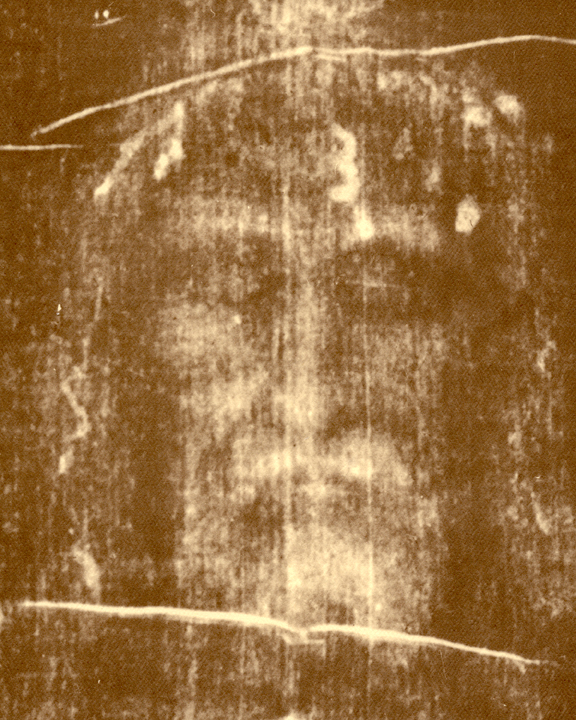
Tirado daqui.
Shroud of Turin replicated by Italian scientist using ancient techniques may prove the relic a fake
Tuesday, October 6th 2009, 9:15 AM
ROME - An Italian scientist says he has reproduced the Shroud of Turin, a feat that he says proves definitively that the linen some Christians revere as Jesus Christ's burial cloth is a medieval fake.
The shroud, measuring 14 feet, 4 inches by 3 feet, 7 inches bears the image, eerily reversed like a photographic negative, of a crucified man some believers say is Christ.
"We have shown that is possible to reproduce something which has the same characteristics as the Shroud," Luigi Garlaschelli, who is due to illustrate the results at a conference on the paranormal this weekend in northern Italy, said on Monday.
A professor of organic chemistry at the University of Pavia, Garlaschelli made available to Reuters the paper he will deliver and the accompanying comparative photographs.
The Shroud of Turin shows the back and front of a bearded man with long hair, his arms crossed on his chest, while the entire cloth is marked by what appears to be rivulets of blood from wounds in the wrists, feet and side.
Carbon dating tests by laboratories in Oxford, England; Zurich, Switzerland, and Tucson, Ariz., in 1988 caused a sensation by dating it from between 1260 and 1390. Skeptics said it was a hoax, possibly made to attract the profitable medieval pilgrimage business.
But scientists have thus far been at a loss to explain how the image was left on the cloth.
Garlaschelli reproduced the full-sized shroud using materials and techniques that were available in the Middle Ages.
They placed a linen sheet flat over a volunteer and then rubbed it with a pigment containing traces of acid. A mask was used for the face.
The pigment was then artificially aged by heating the cloth in an oven and washing it, a process which removed it from the surface but left a fuzzy, half-tone image similar to that on the Shroud. He believes the pigment on the original Shroud faded naturally over the centuries.
They then added blood stains, burn holes, scorches and water stains to achieve the final effect.
The Catholic Church does not claim the Shroud is authentic nor that it is a matter of faith, but says it should be a powerful reminder of Christ's passion.
One of Christianity's most disputed relics, it is locked away at Turin Cathedral in Italy and rarely exhibited. It was last on display in 2000 and is due to be shown again next year.
Garlaschelli expects people to contest his findings.
"If they don't want to believe carbon dating done by some of the world's best laboratories they certainly won't believe me," he said.
The accuracy of the 1988 tests was challenged by some hard-core believers who said restorations of the Shroud in past centuries had contaminated the results.
The history of the Shroud is long and controversial.
After surfacing in the Middle East and France, it was brought by Italy's former royal family, the Savoys, to their seat in Turin in 1578. In 1983 ex-King Umberto II bequeathed it to the late Pope John Paul.
The Shroud narrowly escaped destruction in 1997 when a fire ravaged the Guarini Chapel of the Turin cathedral where it is held. The cloth was saved by a fireman who risked his life.
Garlaschelli received funding for his work by an Italian association of atheists and agnostics but said it had no effect on his results.
"Money has no odor," he said. "This was done scientifically. If the Church wants to fund me in the future, here I am."
3 comentários:
Eu não deveria ter preguiça de ler em inglês, não mesmo... :(
Poxa, Rodrigo! Você bem que podia ter traduzido ou feito uma análise e deixado o link para quem quisesse ver a matéria na íntegra. =/
Ainda dá tempo :)
Acho no mínimo imbecil da parte dele afirmar q pelo fato de ele ter conseguido reproduzir...isso significa q o sudário seja uma mentira. A reprodução de algo não invalida a autenticidade do original
Postar um comentário